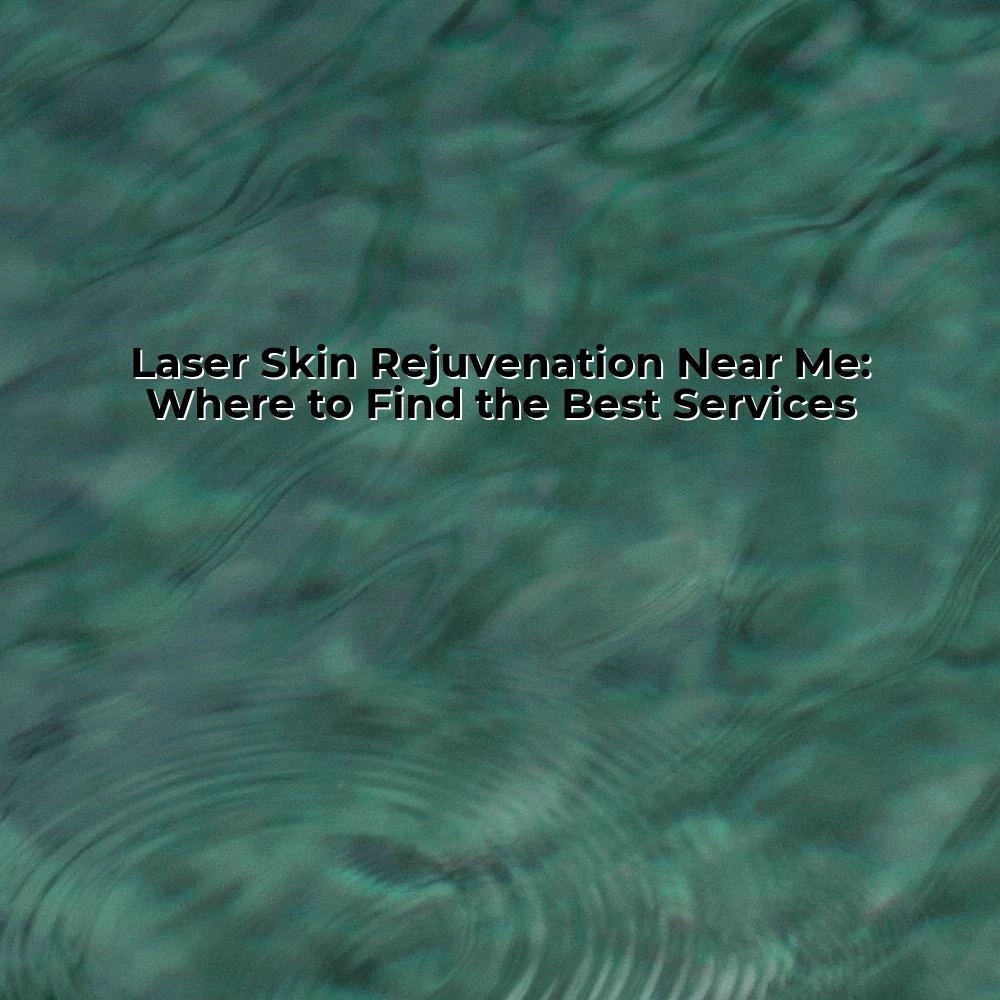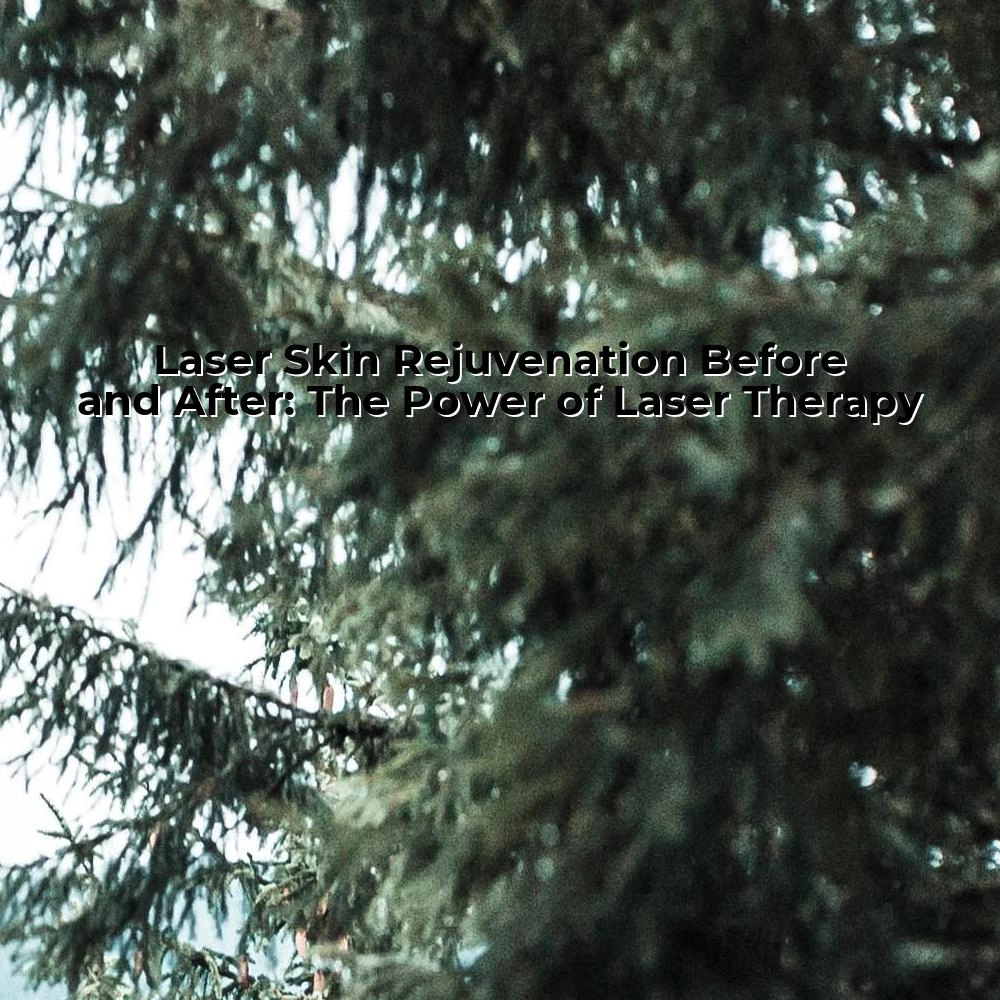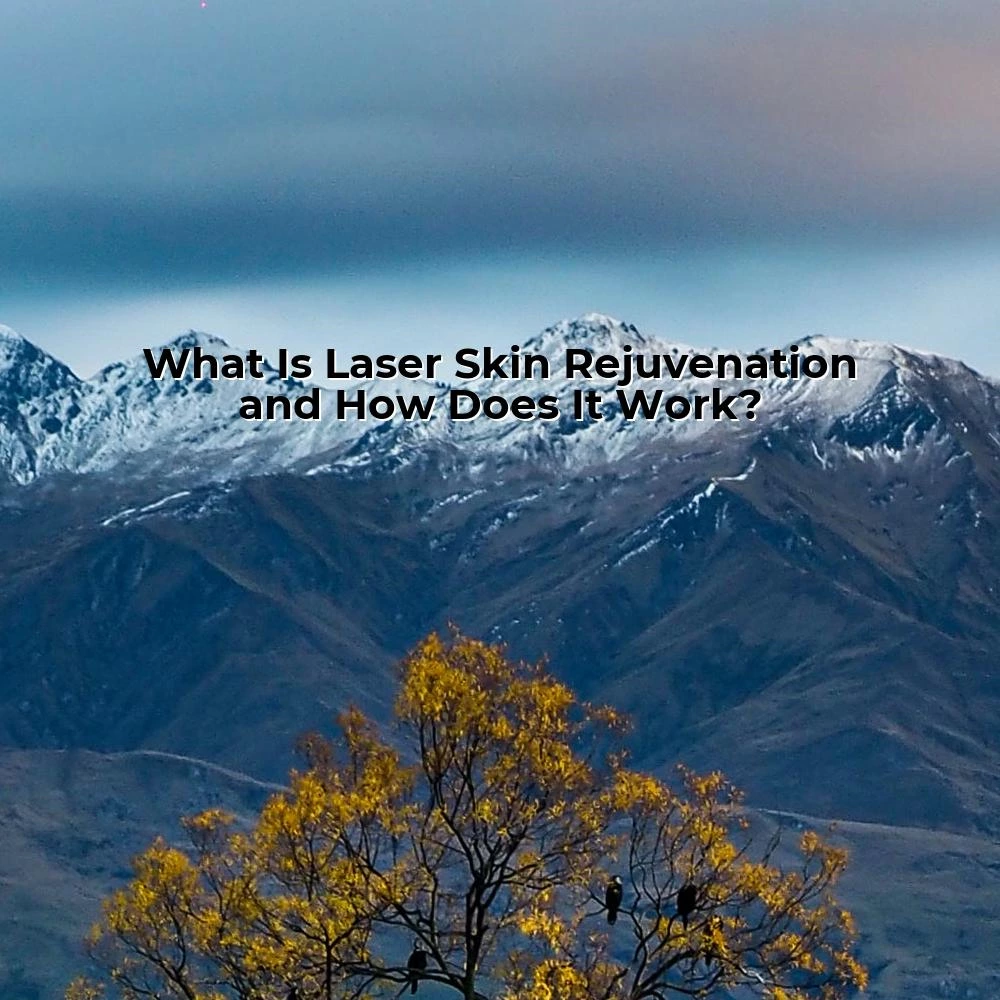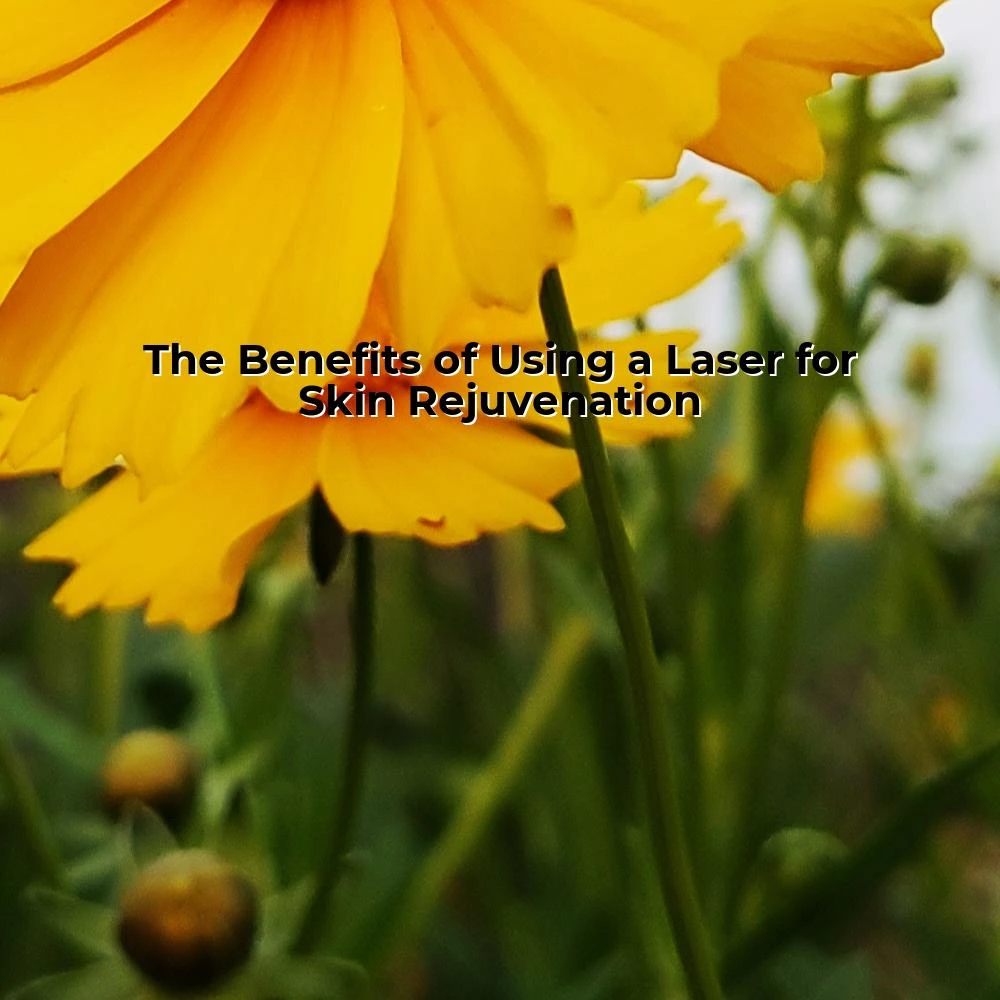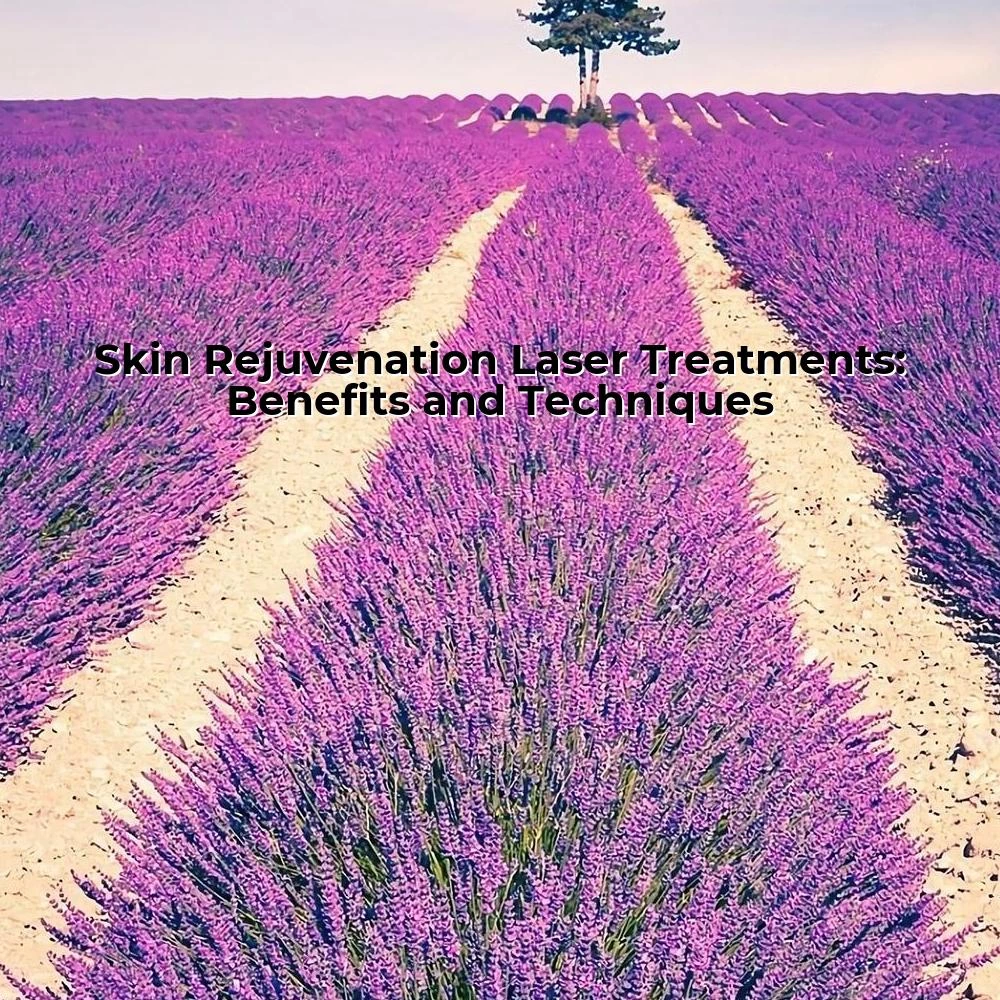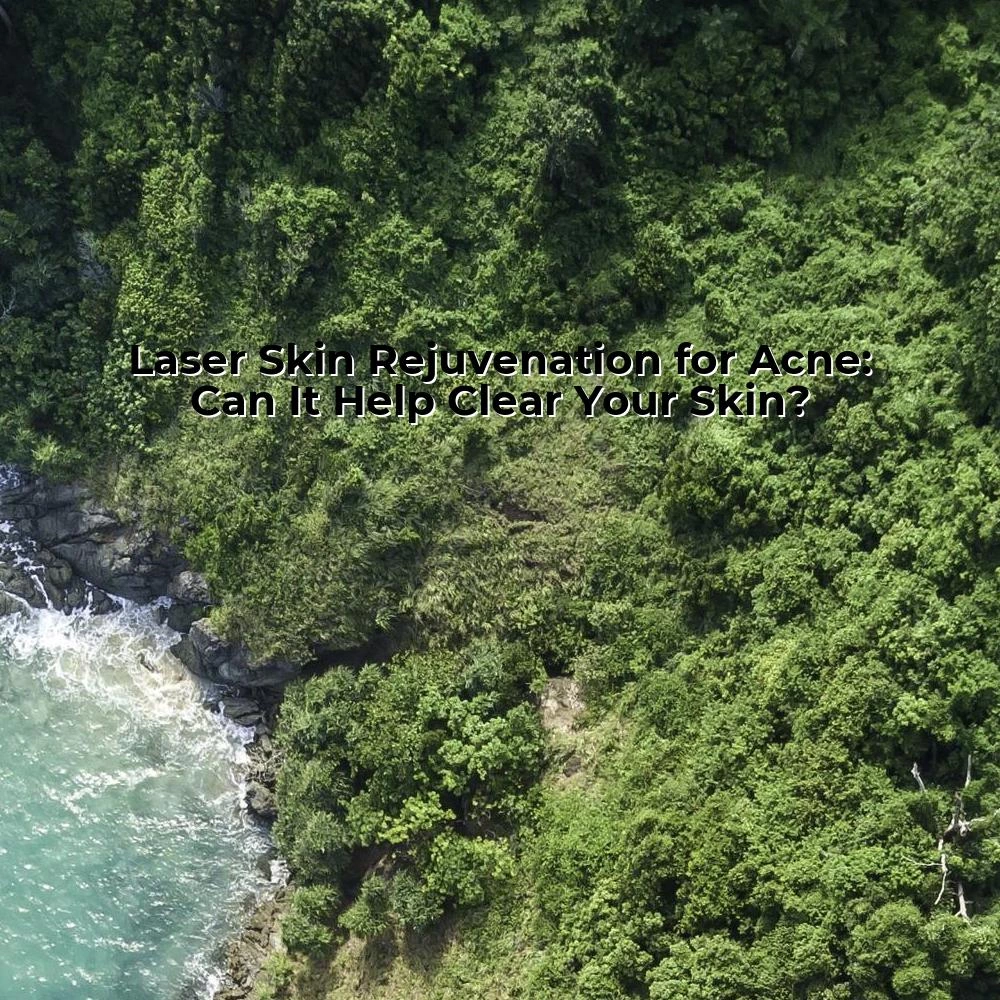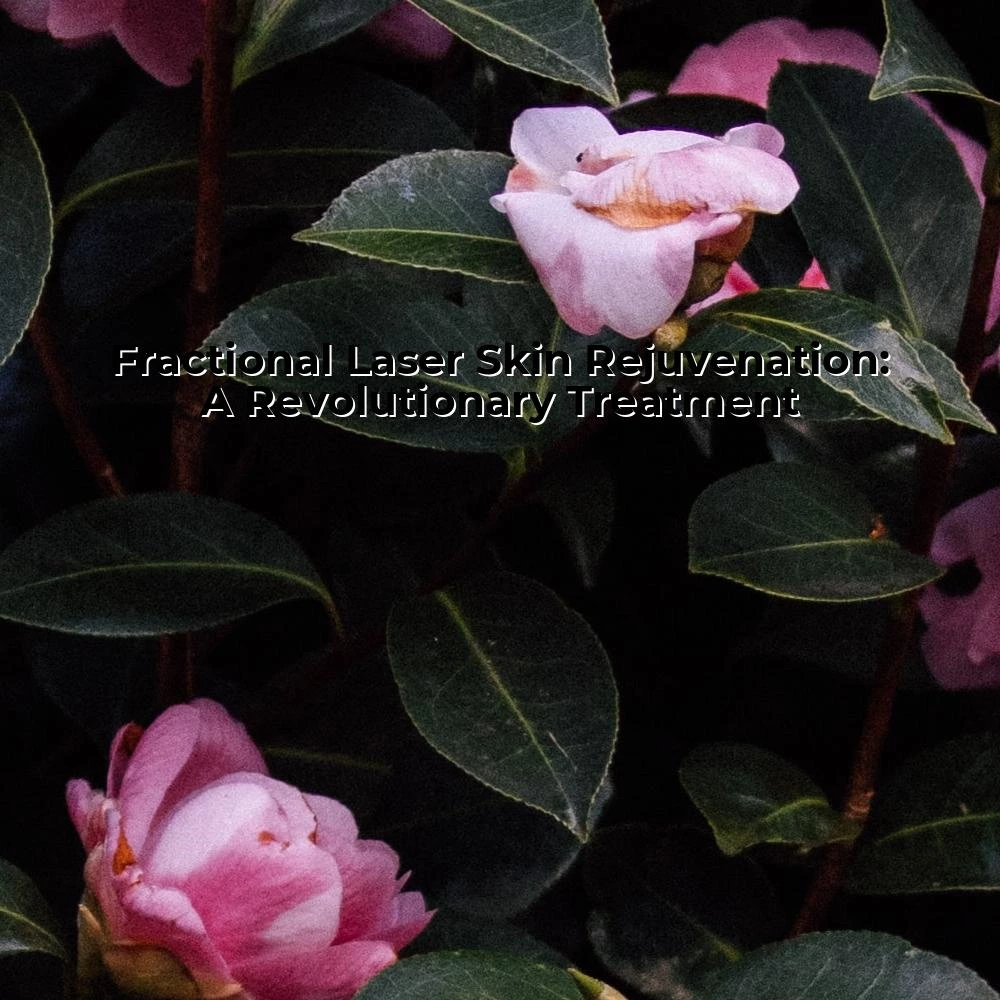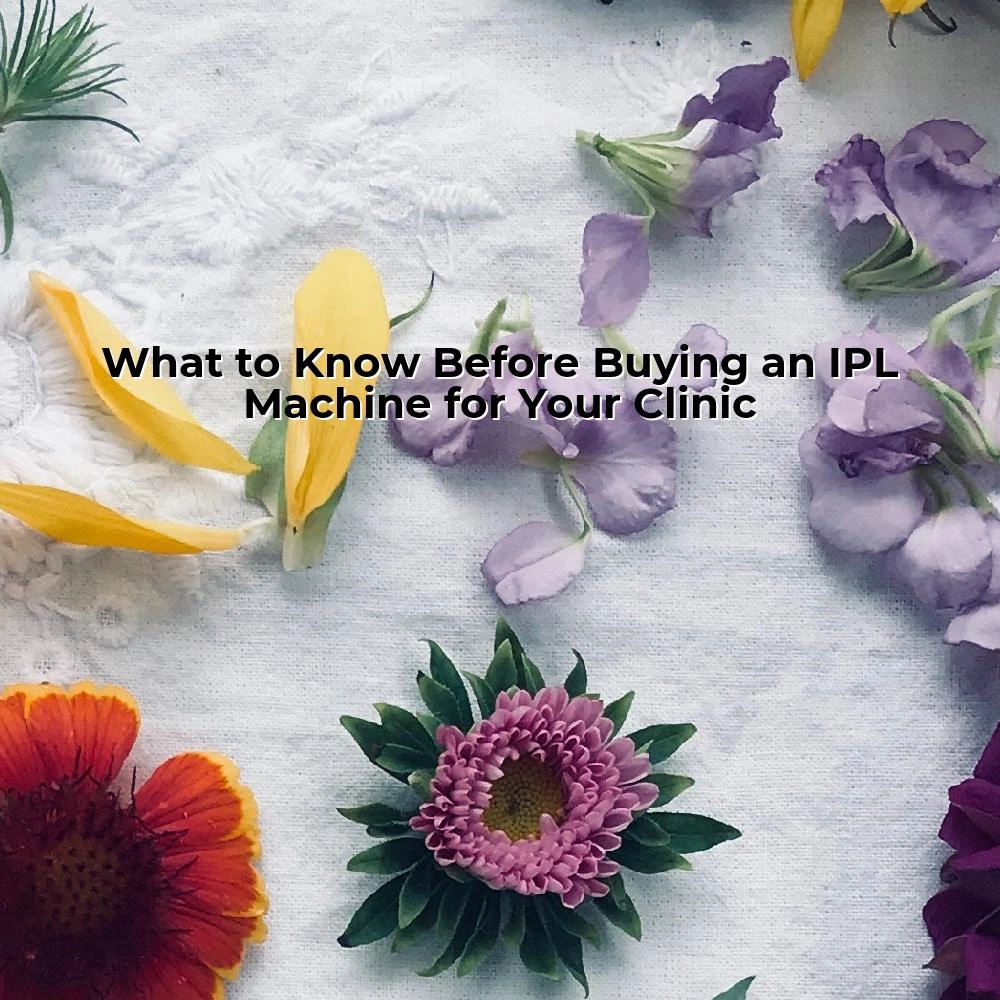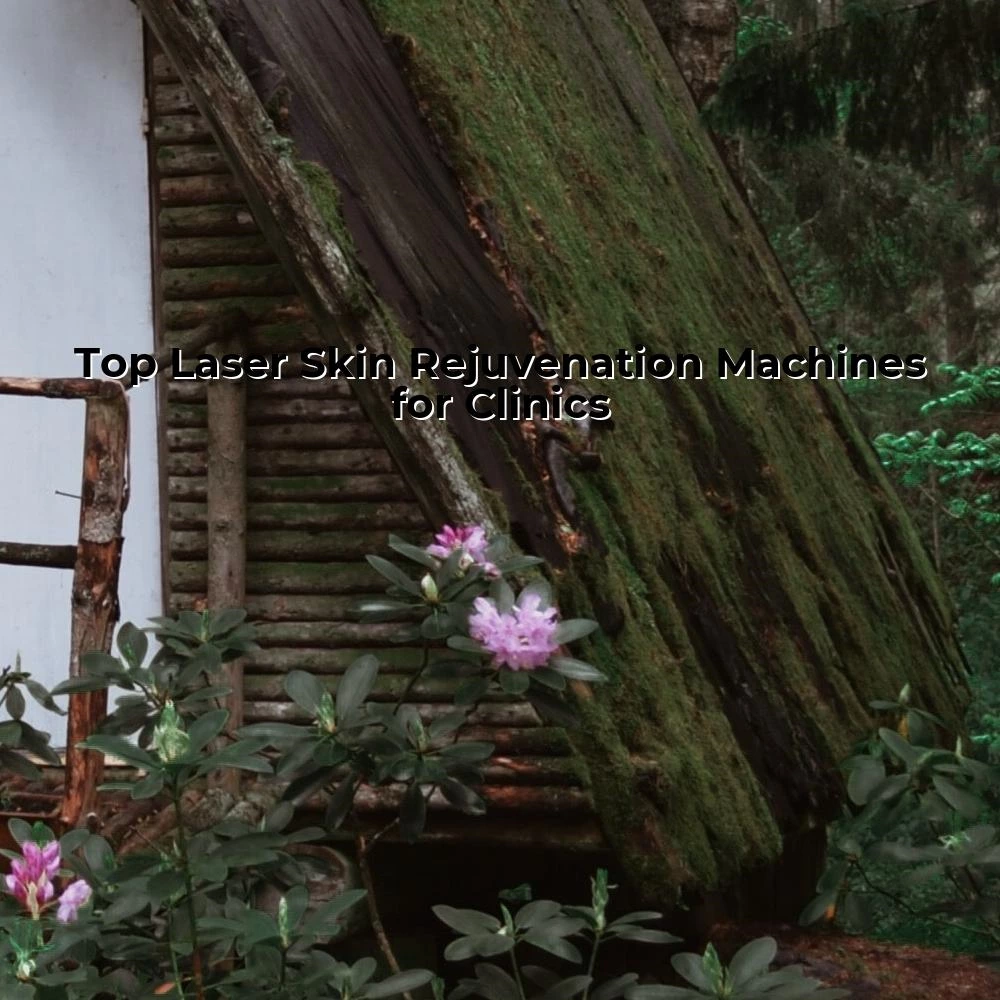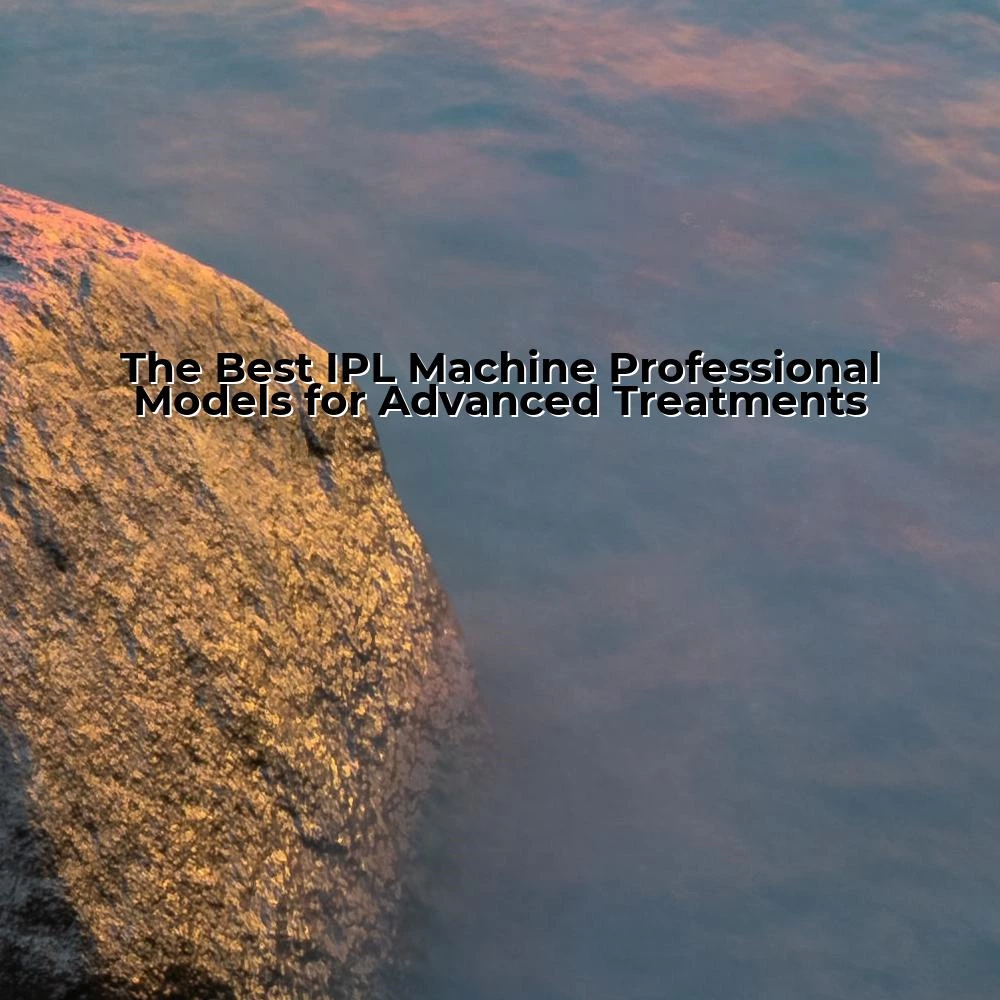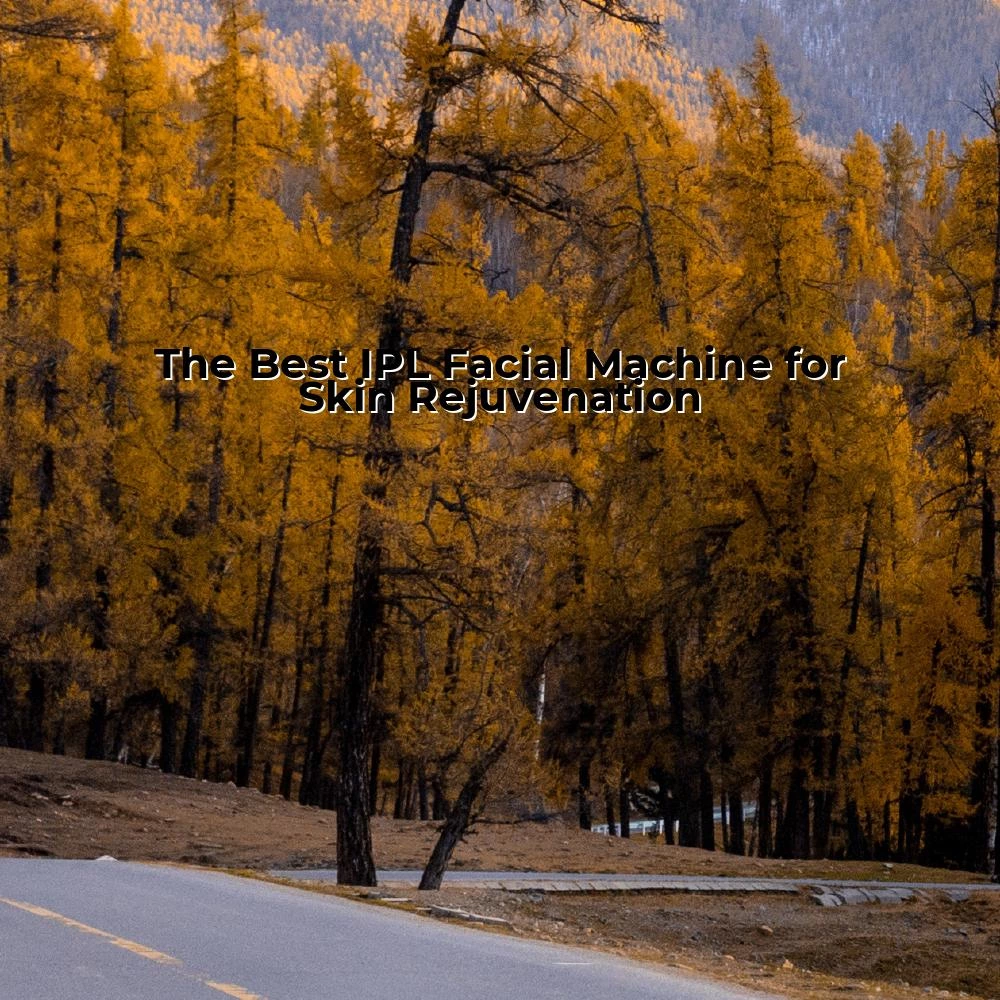
Skin aging includes natural aging (intrinsic aging) and photoaging (extrinsic aging), a natural process determined by genetic factors and influenced by various environmental factors. Facial rejuvenation treatment is a process that uses various methods to eliminate or improve signs of facial aging to achieve a youthful and beautiful appearance. In the past, treatments such as topical medications, mechanical dermabrasion, and chemical peels were commonly used, but their effects were unsatisfactory. Surgical procedures like coronal incisions and endoscopic facelift in plastic surgery are not widely accepted due to significant trauma and long recovery times. With the continuous development and advancement of facial rejuvenation techniques, minimally invasive or non-invasive cosmetic technologies play a pivotal role in facial rejuvenation treatments and have become popular, attracting numerous beauty seekers. Minimally invasive or non-invasive cosmetic techniques are precise, minimally interfere with normal physiological functions, offer quick postoperative recovery, have mild adverse reactions, and few complications, making them more acceptable to beauty seekers due to their minimal impact on work, life, and social interactions.
Both natural aging and photoaging processes impact the quality and quantity of elastic fibers and collagen fibers in the skin. Collagen fibers are the main structural components of the skin, and their alteration and loss are primary causes of wrinkle formation in aging skin. Both natural aging and photoaging involve collagen fiber deficiency, but the mechanisms differ. During natural aging, collagen synthesis decreases while matrix metalloproteinase expression increases, disrupting the balance between collagen synthesis and degradation. In photoaging, UV radiation reduces collagen fiber synthesis and increases matrix metalloproteinase (MMPs) expression, leading to substantial collagen degradation. Research has found that aging skin has reduced T cell content, decreased in vitro immune response, and altered cytokine production upon activation, with reduced interleukin-2 and increased interferon and interleukin-4 levels, along with weakened cytotoxic T cells, natural killer T cells, and T cell receptor capabilities. B cells show slight quantitative changes but significant functional disorders, such as increased immunoglobulins, formation of autoantibodies, and weakened responses to T cell-dependent antigens. The decline in skin immune function makes the elderly more susceptible to infections, tumors, and other diseases. These changes in skin aging may be related to genes regulating skin aging, with three genes identified: proto-oncogenes C-fos and C-myc, the EGFR gene encoding epidermal growth factor receptor, and the cloned GADD153 gene. The first two play crucial roles in antigen recognition signal transduction, while the latter is activated in response to growth inhibition, DNA damage, and loss of response to growth factors. Elevated mRNA levels of these three genes indicate the onset of skin aging, which is genetically determined and influenced by intrinsic factors such as nutrition, endocrine status, and immune state.
The conclusion that UV-induced photoaging is widely accepted. Reactive oxygen species free radicals produced by UV radiation induce pyrimidine dimers in DNA, causing cellular DNA damage. Recent studies have elucidated the initial molecular reactions involved in most typical natural and photoaging processes, providing a framework related to both processes. Telomeres mainly control the expression of aging-related genes and cell proliferation capacity. Natural skin aging depends on continuous telomere shortening during cell division, while photoaging accelerates the impact of UV radiation on the skin.
Recent studies indicate that UV-induced MMP-mediated signaling and cascade reactions play a crucial role in the pathogenesis of photoaging. UV radiation induces the expression of genes driven by the transcription factor activator protein-1, including MMPs. These MMPs cause collagen deficiency by degrading collagen over time, leading to wrinkles. Studies in recent years have shown that UV radiation induces the secretion of MMPs by cells such as keratinocytes, fibroblasts, and inflammatory cells, causing excessive matrix degradation and connective tissue damage during photoaging. Medium-wave UV radiation can induce the expression of MMP-1, MMP-3, and MMP-9 in normal epidermis in vivo. Research indicates that the collagen deficiency in chronically photodamaged skin is caused by the repeated degradation of collagen induced by UV-induced MMPs.
Natural aging refers to the natural process of changes occurring with age, characterized by histological, clinical, and functional declines and alterations in the skin and its appendages, synchronized with body aging. The clinical manifestations of natural skin aging vary significantly with age, typically presenting as dry, rough, flaky skin with increased brittleness and sensitivity; decreased skin elasticity, sagging, and increased wrinkles; prominent blood vessels and increased dermal transparency, though the original geometric appearance of the skin is generally maintained, often appearing grayish-white. Natural aging can occur in any body part, determined by intrinsic factors, and is minimally influenced by external factors, representing a degenerative change in physiological functions. Photoaging occurs on the basis of natural skin aging and clinically presents as loose skin, coarse deep wrinkles, nodules, increased pigment spots, and a leathery appearance on exposed areas; telangiectasia, significant changes or disappearance of the original geometric appearance, and the skin often appears grayish-yellow; various benign, precancerous, or malignant tumors may develop. Photoaging is mainly influenced by external factors, especially sun exposure, and its severity depends on the patient's sensitivity to sunlight and recovery ability after sun damage. Natural skin aging and photoaging are both distinct yet interconnected and influence each other. Natural skin aging reduces the skin's barrier function against UV rays, making it more prone to photoaging, which in turn accelerates skin aging, mutually promoting each other.
Naturally aging skin has a thinned epidermis, a flattened junction between the epidermis and dermis, and reduced adhesion between the epidermis and dermis. Dermal cell activity decreases; melanocytes and Langerhans cells decrease in number; elastic fibers decrease and become thinner; collagen fibers become straight and loose in structure; proteoglycans decrease; and the number of blood vessels between tissues decreases. There may be a reduction in hair follicles and glands.
Photoaged skin generally has a thickened epidermis and a flattened junction between the epidermis and dermis. Dermal cell activity increases; melanocytes and Langerhans cells decrease in number; elastic fibers increase, become thicker, and disorganized; collagen fibers decrease, become basophilic, and abnormally deposited; proteoglycans increase; blood vessels become tortuous and dilated, and vessel walls thicken. There may also be damage such as expanded hair follicles and atrophied sebaceous glands.
Natural Aging:
True Aging
Intrinsic
Inevitable
Systemic
Skin Atrophy, Sagging, Deepened Wrinkles
Photoaging:
Appearance of Aging
Extrinsic
Avoidable
Exposed Areas
Skin Sagging, Wrinkles, Enlarged Pores, Pigmentation, Telangiectasia

